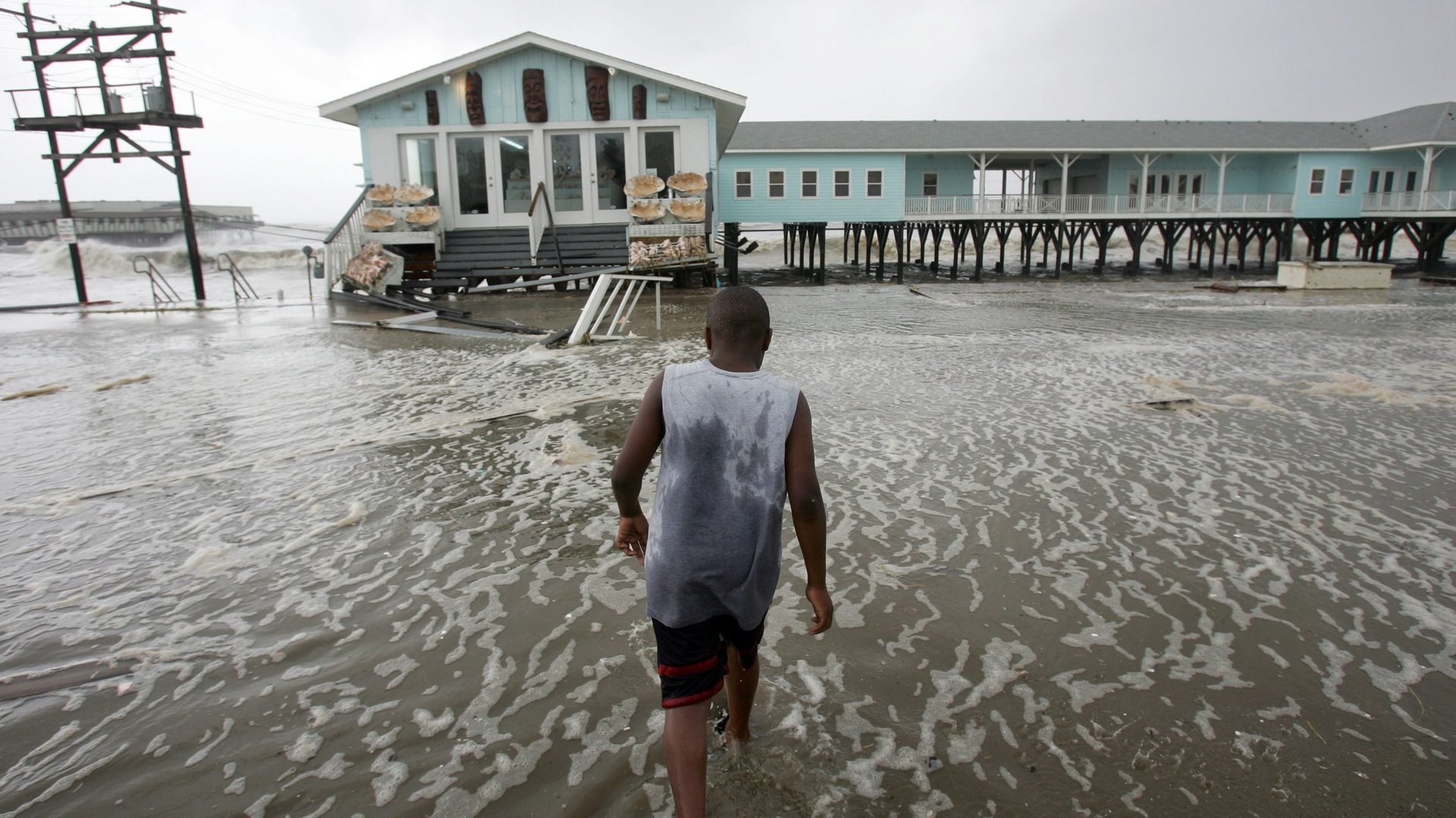The world is getting climate change adaptation wrong
The impacts of climate change are here today, are worse than scientists expected, and no government or company is doing enough to adapt to them.


The impacts of climate change are here today, are worse than scientists expected, and no government or company is doing enough to adapt to them.
That’s according to a new report from the Intergovernmental Panel on Climate Change (IPCC), released today (Feb. 28). In some cases, the report warns, policies and infrastructure intended to mitigate these impacts may be making them worse.
“People are still asleep on this.”
The report is the second installation of the IPCC’s sixth major overview of climate science, which it publishes every five years. The first installment, in August, addressed the physical science of climate change. Today’s report addresses impacts and adaptation options. The third and final installment, in April, will address options to reduce emissions.
The new report—based on a synthesis of 34,000 peer-reviewed scientific papers—paints a dire picture of climate change impacts already under way.
It makes clear that impacts escalate dramatically with every additional degree of global warming, especially for an estimated 3.6 billion people who live in areas that are especially vulnerable to drought, storms, and other impacts. Although the report includes new evidence that adaptive measures—especially reforestation, ecosystem restoration, and other “nature-based” solutions—can be effective in reducing risk, these aren’t being rolled out at a large enough scale, and become more expensive and less effective the more time that passes before they are implemented.
“These reports are billed as a wake-up call, but the reality is the response has been pretty limited,” said Max Holmes, executive director of the Woodwell Climate Research Center in Massachusetts. “People are still asleep on this.”
Adaptation isn’t working as it should
So far the global response to climate change is mainly focused on “mitigation”—steps to reduce greenhouse gas emissions. Of total global climate-related public-sector finance, only 7% is invested in adaptation. That number must increase, the report urges.
But the report also cautions that some adaptation measures can have unintended consequences.
For example, planting forests on land that was not previously forested—a growing practice as companies pursue carbon offset credits—can exacerbate food and water scarcity, harm biodiversity, and disenfranchise low-income rural communities. Wildfire suppression tactics can make subsequent fires larger. Sea walls and other protective infrastructure, if not built at a large enough scale, can end up trapping floodwater in cities (the best-known example being New Orleans after Hurricane Katrina).
To avoid such “maladaptations,” the report urges policymakers to plan big, and to work with economists, social scientists, and geophysical scientists to anticipate risks. Nature-based solutions, and social safety net programs, are identified as options with a low likelihood of negative repercussions. Rich governments must quickly and dramatically scale up the level of adaptation finance for low-income countries. Adaptation finance will be a major focus of the COP27 climate summit in Egypt in November.
“Any further delay in concerted global action will miss a brief and rapidly closing window to secure a livable future,” said Hans-Otto Pörtner, a marine biologist and the report’s co-chair.